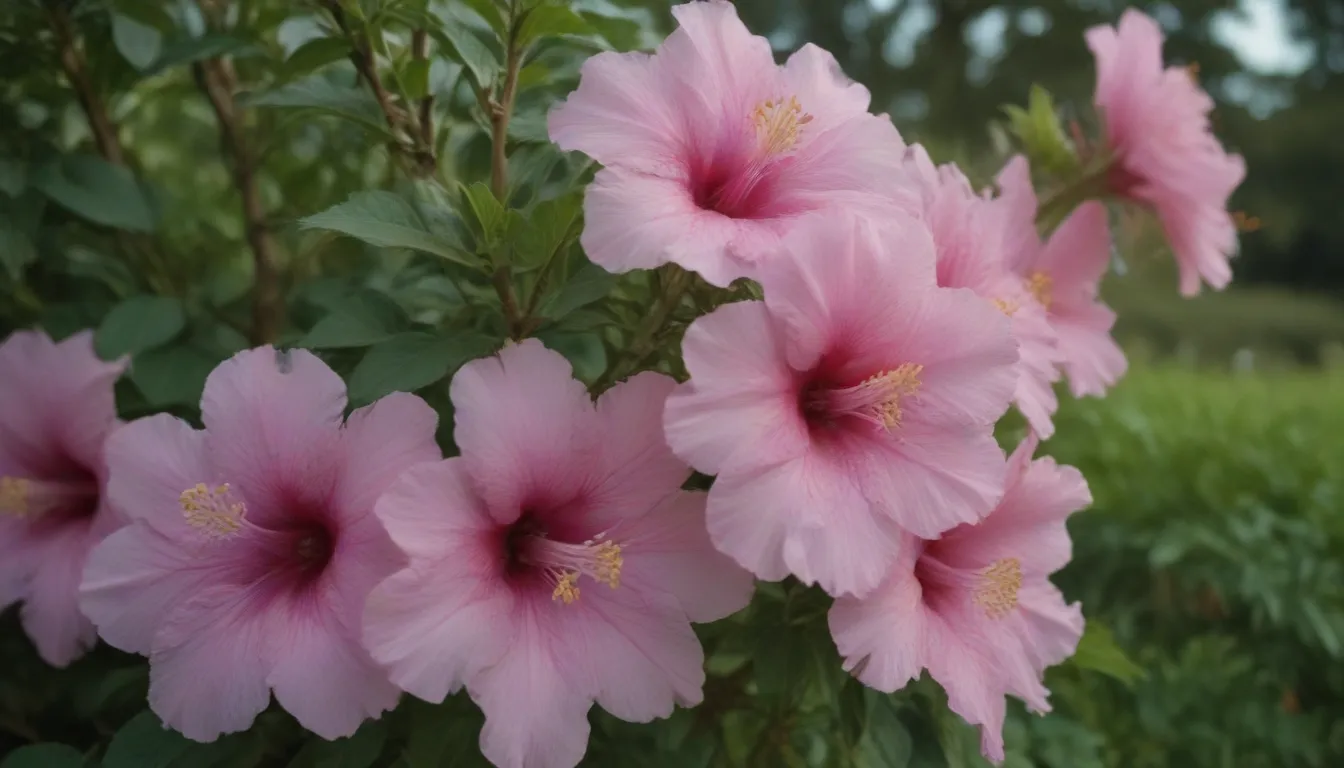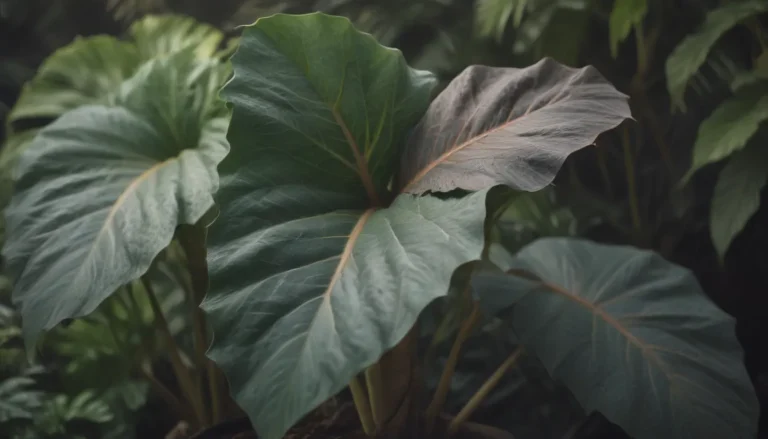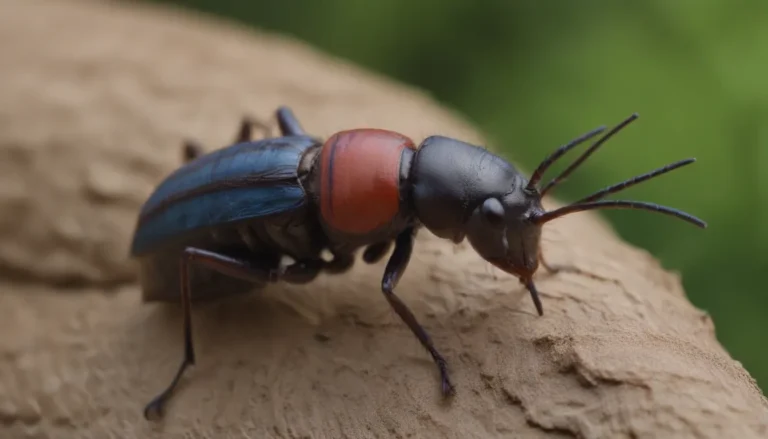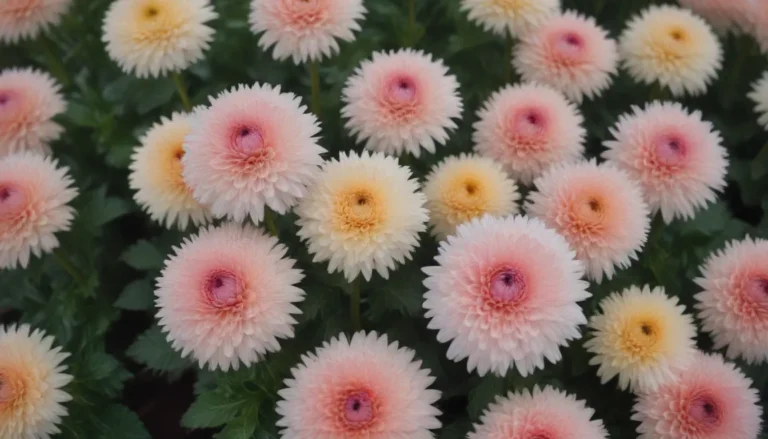How to Properly Manage Rose of Sharon Shrubs that Self-Seed

If you have a Rose of Sharon (Hibiscus syriacus) shrub in your garden, you may be familiar with its tendency to self-seed and produce numerous volunteer seedlings. While this deciduous shrub is known for its beautiful blooms and easy growth, its self-seeding behavior can quickly lead to a garden overrun with unwanted plants if left unchecked. In this article, we will explore the best methods for controlling and managing the self-seeding habits of Rose of Sharon, as well as how to propagate it intentionally for a beautiful landscape.
Understanding Rose of Sharon
Rose of Sharon, also known as shrub althea, is a popular plant that thrives in USDA hardiness zones 5 to 8. The shrub can reach heights of up to 12 feet and blooms prolifically from early summer through fall. Its flowers, resembling those of hollyhocks or hibiscus, give it a charming appeal in any garden setting. However, the abundance of flowers also means an abundance of seeds, leading to the plant’s reputation for being a vigorous self-seeder.
When left unchecked, Rose of Sharon can quickly spread through self-seeding, creating clusters of seedlings throughout the garden. To prevent this takeover and maintain a well-manicured landscape, it is essential to implement proper management techniques.
Ways to Prevent Self-Seeding
Choose Non-Seeding Cultivars
One effective way to prevent the self-seeding of Rose of Sharon is to select cultivars that produce fewer or no seeds. Some popular cultivars known for being low seed producers include ‘Diane,’ ‘Helene,’ ‘Minerva,’ and ‘Aphrodite’ from the U.S. National Arboretum, as well as the Chiffon or Satin series from Proven Winners. By choosing these cultivars, you can enjoy the beauty of Rose of Sharon without the worry of excessive self-seeding.
Deadhead the Flowers
A simple yet effective method to prevent self-seeding is deadheading the flowers of the Rose of Sharon shrub. By removing the blooms and developing seed pods, you halt the seed production process and eliminate the source of seeds. To successfully deadhead, ensure you remove not only the flower but also the developing seed pod at its base. This practice will keep your garden free of unwanted seedlings and maintain the overall health of your Rose of Sharon plants.
Apply Preemergent Herbicide
For a more proactive approach to preventing self-seeding, consider using preemergent herbicides designed to inhibit seed germination in the soil. Products such as Preen can be applied around the base of Rose of Sharon shrubs to prevent seeds from taking root. However, exercise caution as these herbicides can affect all seeds, including desired plants in your garden. It is best to explore non-chemical methods before resorting to herbicides.
Managing Volunteer Seedlings
While prevention is the key to managing self-seeding, some volunteer seedlings may still emerge in your garden. Here are some strategies for effectively handling these seedlings:
Practice Manual Removal
One eco-friendly method to manage volunteer seedlings is by manually pulling them out of the soil. Early detection makes it easier to remove the seedlings by hand, though larger ones may require the use of a trowel or shovel. For seedlings in the lawn, regular mowing can help control their growth and minimize their presence in your garden.
Smother the Seedlings
For small areas overrun by seedlings, consider covering them with a tarp, plastic sheet, cardboard, or newspaper to smother the plants. This method effectively eliminates the seedlings within a month, though you can camouflage the covering with wood chips or mulch for a more aesthetically pleasing look.
Use an Herbicide for Woody Plants
In cases where manual removal is not feasible, herbicides formulated for woody plants can be used to eliminate Rose of Sharon seedlings. Ensure you follow instructions carefully and apply the herbicide only to the unwanted seedlings to avoid damaging surrounding plants. Exercise caution to prevent overspray and minimize environmental impact.
Propagating Rose of Sharon
While Rose of Sharon’s self-seeding behavior can be a challenge, it also makes the plant easy to propagate intentionally. Here are some tips for successfully propagating Rose of Sharon from seed:
- Let nature do the work: Allow seeds to drop naturally in fall and winter, then transplant the germinated seedlings in spring.
- Collect mature seeds: Wait for seeds to mature and drop from the seed pods, then plant them in humus-rich soil in spring.
- Provide adequate sunlight and water: Ensure the seedlings receive full sun and deep watering to promote healthy growth.
By following these propagation techniques, you can expand your Rose of Sharon collection and share the beauty of this versatile shrub with others.
In conclusion, while Rose of Sharon’s self-seeding behavior can pose challenges for gardeners, with proper management techniques, you can control its spread and enjoy a well-maintained landscape. Whether you choose to prevent self-seeding, manage volunteer seedlings, or propagate intentionally, understanding the needs of Rose of Sharon plants will help you create a thriving garden that showcases the beauty of this beloved shrub.





